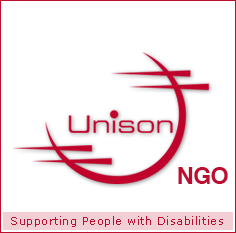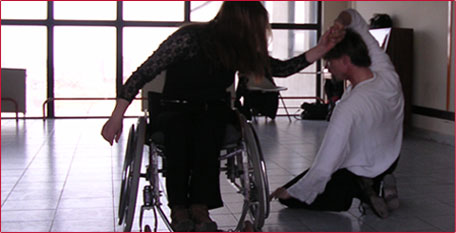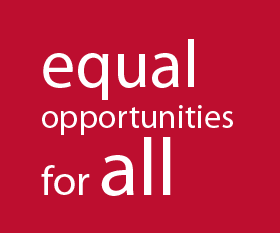


|
|
| Society |
|
Language and Stereotypes Society, often times, creates barriers for people with disabilities based upon misconceptions and preconceived notions about a person with a disability. These barriers can be caused by behavior and language which may not seem important but can perpetuate assumptions and be offensive to a person with a disability. Language is a powerful tool. Positive language can bring about change, just as negative language can reinforce societies prejudice and ignorance towards people with disabilities. Generally the preferred language referring to a person with a disability always describes him/her in an active rather than a passive role. For example ‘wheelchair bound’ portrays a negative image of the person, while ‘wheelchair user’ is an active term which shifts the emphasis from the wheelchair to the person. As with racial and ethnic epithets, the choice of terms applied to a person with a disability is overlaid with stereotypes, patronizing attitudes, and other emotional connotations. Never identify people solely by their disability. The correct terminology is based on the “Person First” policy. For detailed information on the correct disability terminology and etiquette, please visit the Society section of the www.disability.am website created and maintained by Unison. |